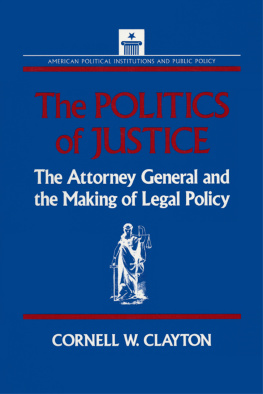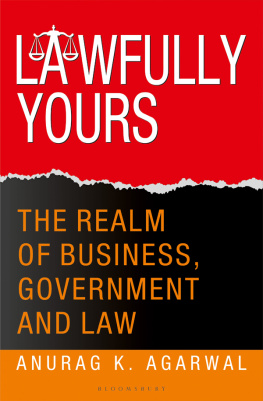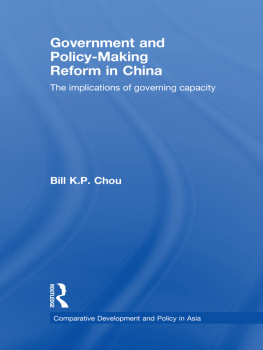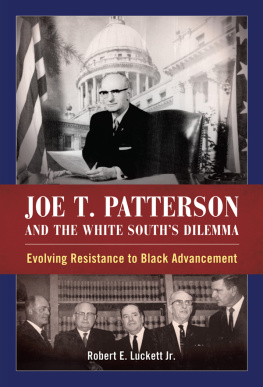First published 1992 by M.E. Sharpe
Published 2015 by Routledge
2 Park Square, Milton Park, Abingdon, Oxon OX14 4RN
711 Third Avenue, New York, NY 10017, USA
Routledge is an imprint of the Taylor & Francis Group, an informa business
Copyright 1992 Taylor & Francis. All rights reserved.
No part of this book may be reprinted or reproduced or utilised in any form or by any electronic, mechanical, or other means, now known or hereafter invented, including photocopying and recording, or in any information storage or retrieval system, without permission in writing from the publishers.
Notices
No responsibility is assumed by the publisher for any injury and/or damage to persons or property as a matter of products liability, negligence or otherwise, or from any use of operation of any methods, products, instructions or ideas contained in the material herein.
Practitioners and researchers must always rely on their own experience and knowledge in evaluating and using any information, methods, compounds, or experiments described herein. In using such information or methods they should be mindful of their own safety and the safety of others, including parties for whom they have a professional responsibility.
Product or corporate names may be trademarks or registered trademarks, and are used only for identification and explanation without intent to infringe.
Library of Congress Cataloging-in-Publication Data
Clayton, Cornell W., 1960
The politics of justice: the attorney general and the making of legal policy / Cornell W. Clayton.
p. cm.
(American political institutions and public policy)
Includes bibliographical references and index.
ISBN 1-56324-018-1 (cloth)
ISBN 1-56324-019-X (pbk)
1. United States. Dept. of Justice.
2. United States. Dept. of Justice. Office of the Attorney General.
3. Attorneys-generalUnited States.
4. Justice, Administration ofPolitical aspectsUnited States.
5. Political questions and judicial powerUnited States.
6. Law and politics.
I. Title.
II. Series.
KF5107.C5 1992
353.50088dc20
92-30711
CIP
ISBN 13: 9781563240195 (pbk)
ISBN 13: 9781563240188 (hbk)
The M.E. Sharpe series on American Political Institutions and Public Policy intends to examine contemporary U.S. political developments and to discern their impact on issues of public policy. Cornell W. Claytons The Politics of Justice: The Attorney General and the Making of Legal Policy is the second publication in the series. It is a fascinating study of politics and governance: how one government affects the other and how both affect public policy.
Surveying the historical evolution of the office of the Attorney General, Clayton sees significant recent changes in the role, position, and influence of the person who holds that office. He attributes many of these changes not only to the increased demands placed on government and the increased complexity of public policy issues but also to the decreased capacity of the governmental system to meet those demands and attend to those issues. Disproportionately, the burden of overcoming the American political systems constitutional and institutional constraints, and the political divisions that currently exacerbate these constraints, has fallen on the President. The President, in turn, has regularly turned to his Attorney General for help, sometimes to achieve through the judiciary what he could not obtain from the legislature.
The Presidents increasing reliance on the Attorney General as political ally, policy adviser, and administration coordinator for a range of domestic social issues (the Attorney General has chaired the Cabinet Council on Domestic Affairs in the last two administrations) has helped transform the Justice Department from a judicial to an executive branch agency and the Attorney General from the nations top legal official to its top legal policymaker. This reliance has also thrust the Justice Department and the people who have been chosen to head it into the public controversies that typically accompany political issues, which contrast sharply with the more narrowly defined questions of law that primarily concern the legal community. Professor Clayton contends that constitutional conflicts have become more regularized, and in the process, the judicial system has been politicized. Policy issues have also become more judicialized.
All these important and far-reaching systematic changes, captured in this rich, institutional portrait, have generated considerable tension within and among the branches of government. By illustrating these tensions and indicating their political sources and institutional consequences, The Politics of Justice raises an important issue for contemporary students of government: How should the achievement of short-term policy benefits be weighed against longer-term institutional costs? Specifically, is the politicization of the Justice Department by recent Presidents to implement their policy agenda a good idea? Clayton does not shy away from answering this question. His prescription, together with his description and analysis, should give readers concerned with effective government within the framework of the U.S. constitutional system pause for thought.
Stephen J. Wayne
Georgetown University
The idea for this book began in a book shop in Georgetown in 1982 when I stumbled upon Victor Navaskys fascinating account of Robert Kennedys tenure as Attorney General. The questions raised by Navasky about the mixture of law and politics in the Justice Department have agitated me ever since. I could not have known in 1982 that controversy would engulf the Reagan Justice Department during the next six years. It proved to be an exciting, and at times frustrating, period to study this complex and important institution.
Although many people have offered helpful insights as this project developed, I am most indebted to Gillian Peele, who provided patient guidance and rigorous criticisms during the past five years. I am also indebted to Louis Fisher of the Library of Congress, who made valuable suggestions for improving this book and has done so much through his own work to reinvigorate the public law tradition and the study of normative institutional theory. Many others have also provided help or encouragement during the writing of this manuscript. Thanks are due Deborah Owen, Gary Malecha, Susan Olson, Howard Ball, Jennifer Brice, and Terrence Cole: their advice and efforts were all to the good and do not account for whatever weaknesses remain.















